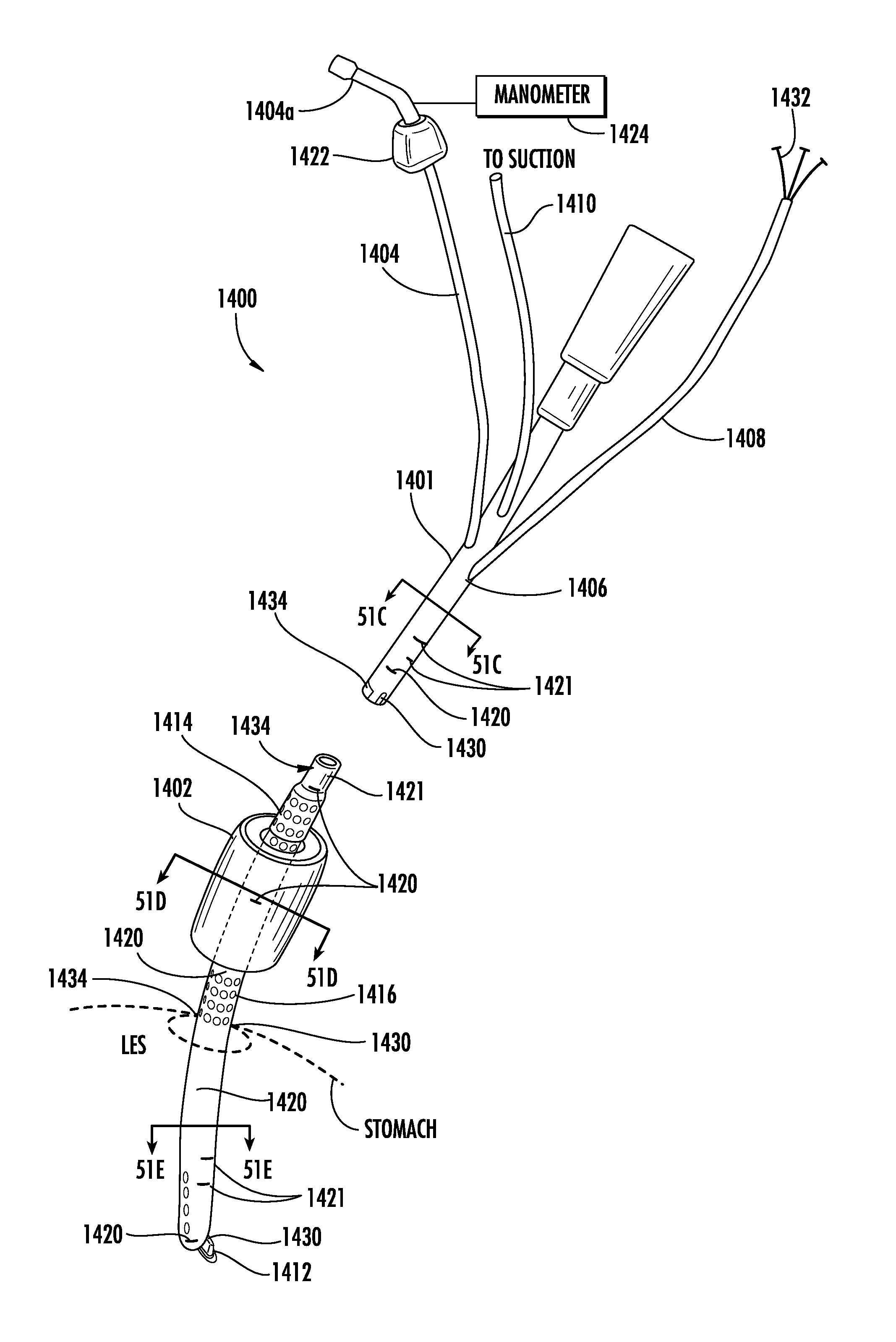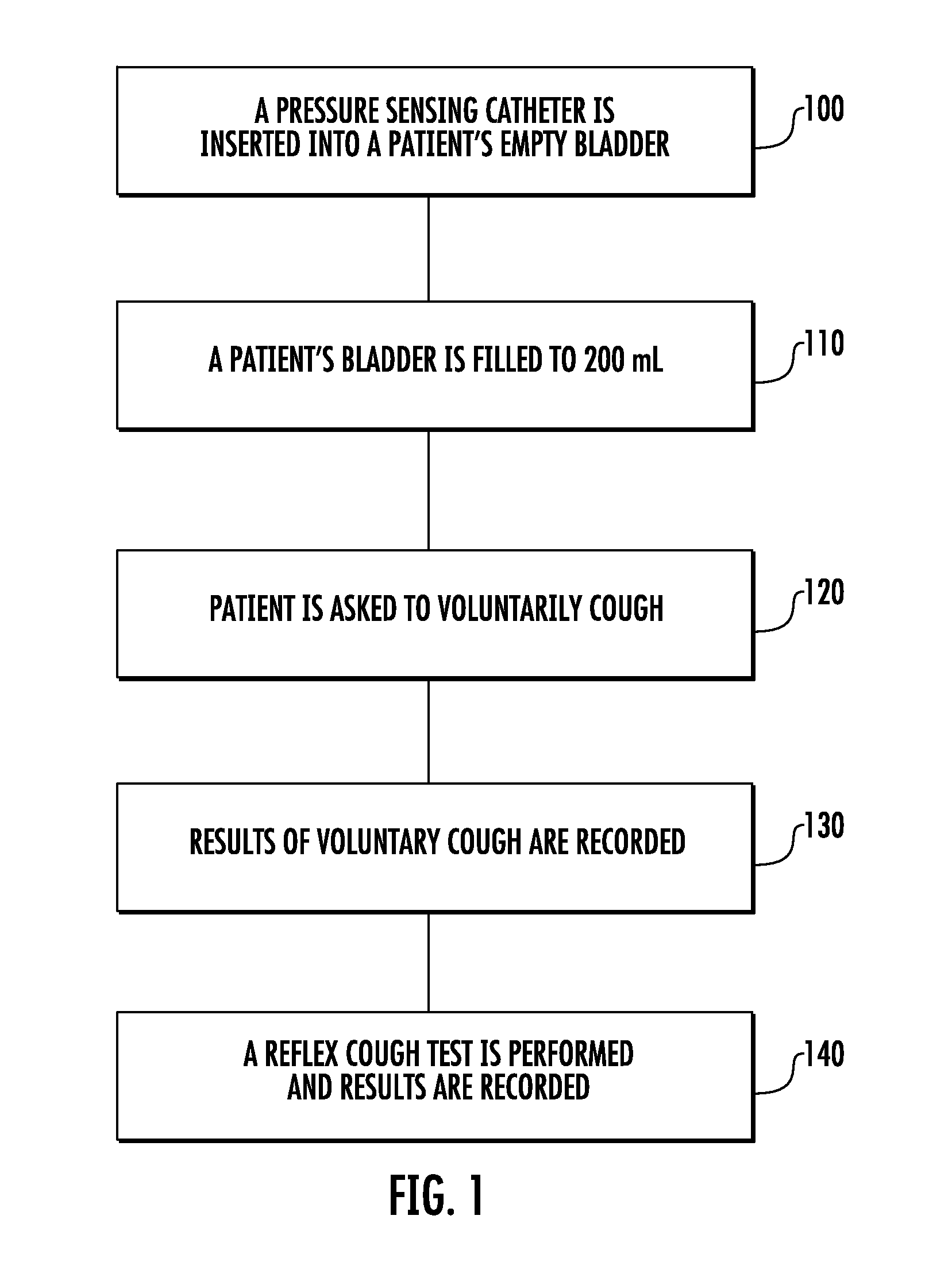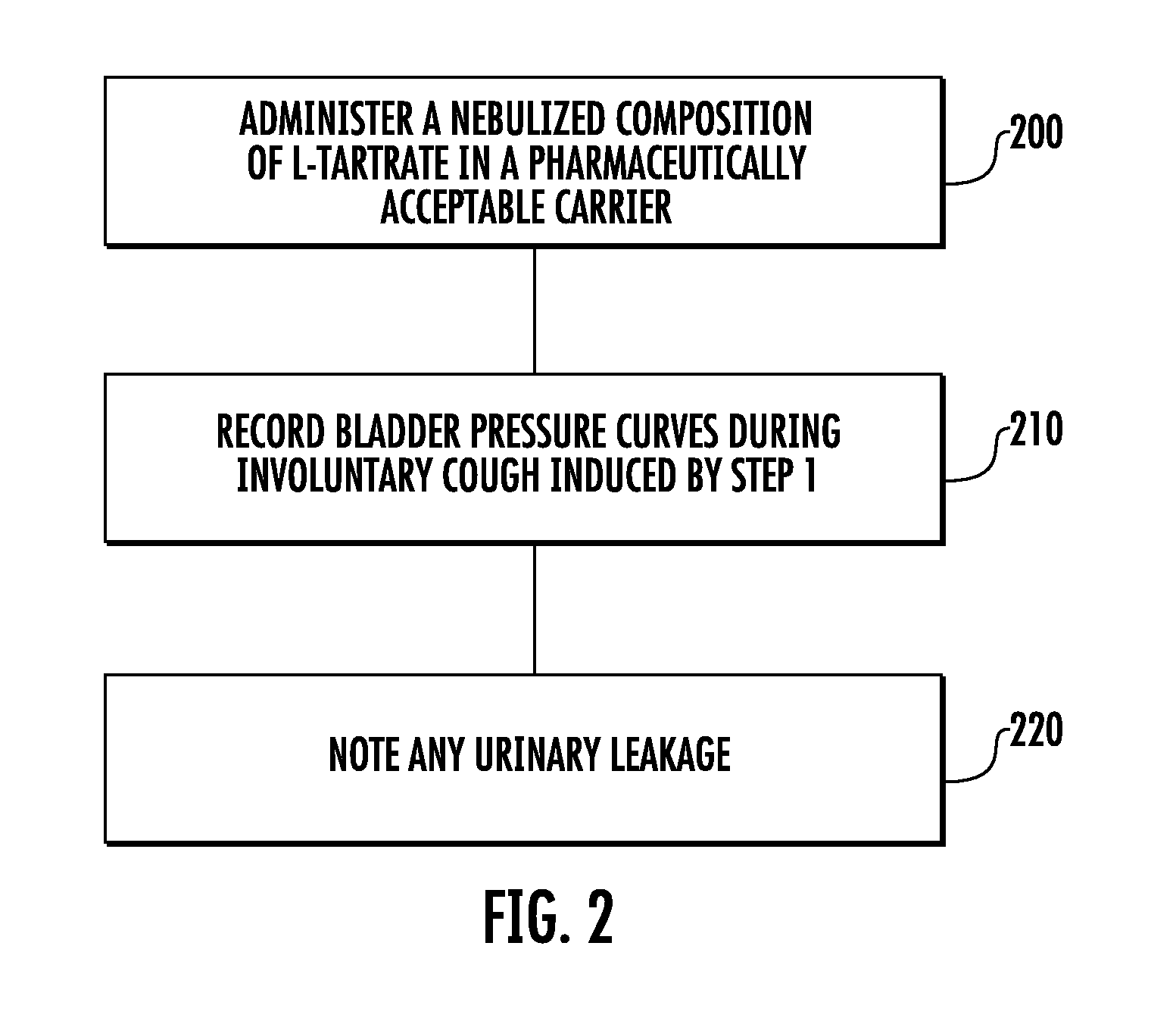Oral-esophageal-gastric device to diagnose reflux and/or emesis
a gastric device and reflux technology, applied in the field of medical devices and testing, can solve the problems of many patients' inability to address this issue, and many older women's loss of extrinsic suppor
- Summary
- Abstract
- Description
- Claims
- Application Information
AI Technical Summary
Benefits of technology
Problems solved by technology
Method used
Image
Examples
Embodiment Construction
[0059]The present invention will now be described more fully hereinafter with reference to the accompanying drawings, in which preferred embodiments of the invention are shown. This invention may, however, be embodied in many different forms and should not be construed as limited to the embodiments set forth herein. Rather, these embodiments are provided so that this disclosure will be thorough and complete, and will fully convey the scope of the invention to those skilled in the art. Like numbers refer to like elements throughout.
[0060]FIG. 1 shows a flowchart of a technique for evaluating a patient for urinary stress incontinence in accordance with one aspect of the invention. As an initial step, pressure sensing catheter is inserted into a patient's empty bladder (100). The patient's bladder is then filled slowly with sterile water until 200 ml have been delivered (110).
[0061]The patient is then asked to voluntarily cough (120) and the results of the voluntary cough are recorded ...
PUM
 Login to View More
Login to View More Abstract
Description
Claims
Application Information
 Login to View More
Login to View More - R&D
- Intellectual Property
- Life Sciences
- Materials
- Tech Scout
- Unparalleled Data Quality
- Higher Quality Content
- 60% Fewer Hallucinations
Browse by: Latest US Patents, China's latest patents, Technical Efficacy Thesaurus, Application Domain, Technology Topic, Popular Technical Reports.
© 2025 PatSnap. All rights reserved.Legal|Privacy policy|Modern Slavery Act Transparency Statement|Sitemap|About US| Contact US: help@patsnap.com



